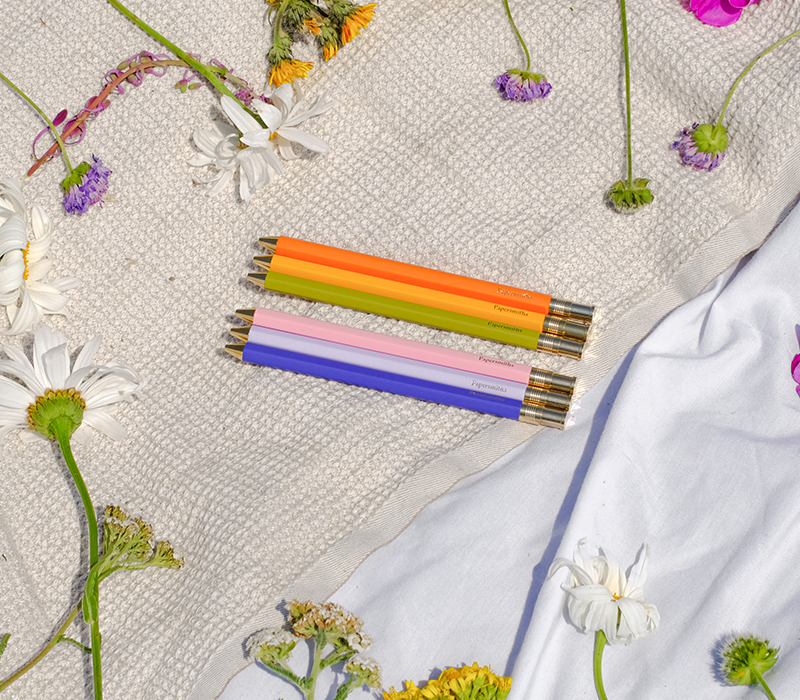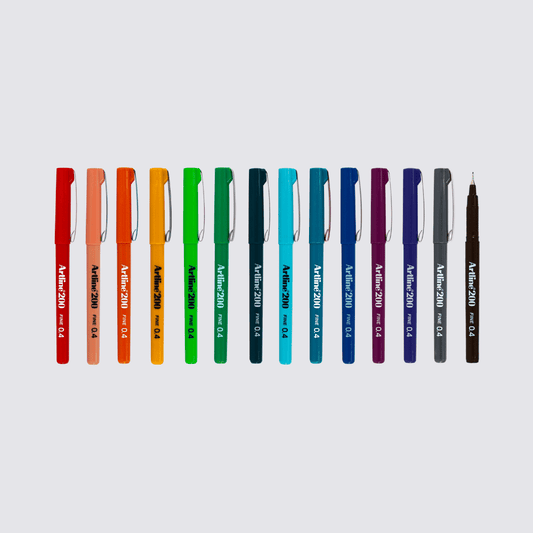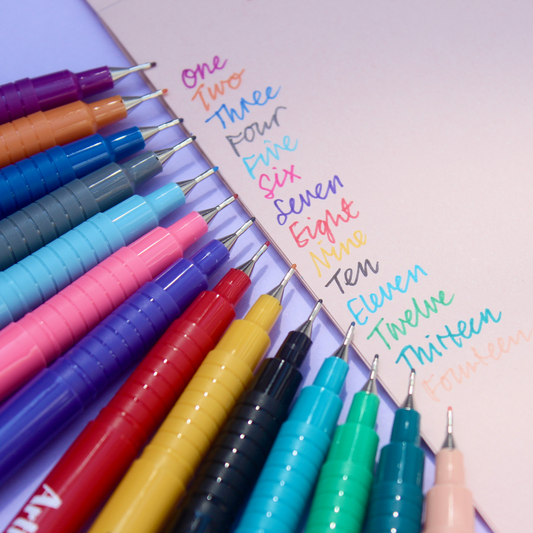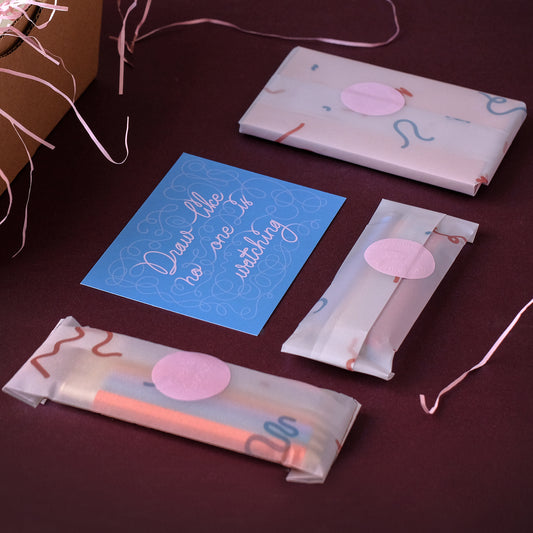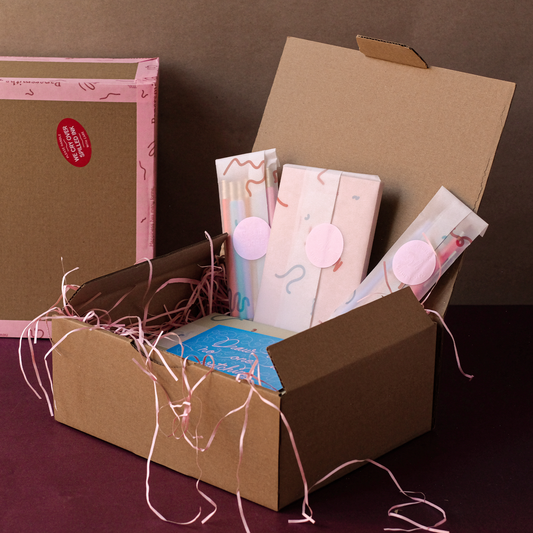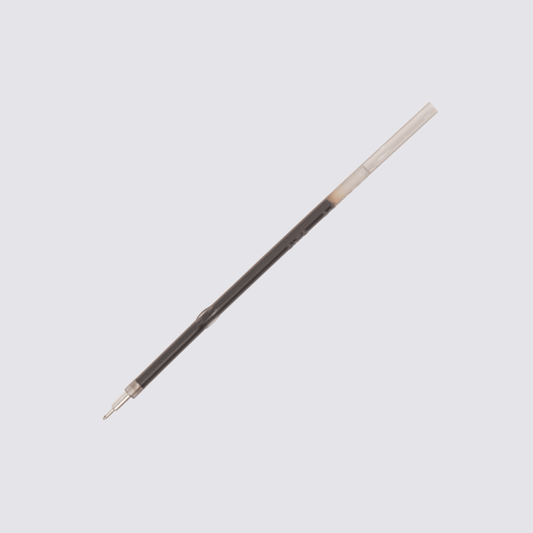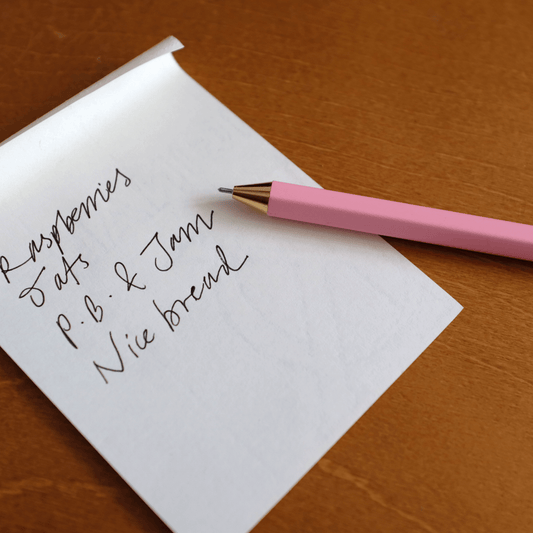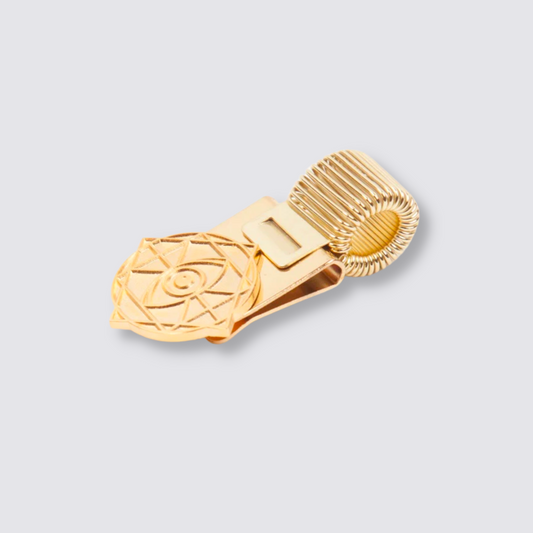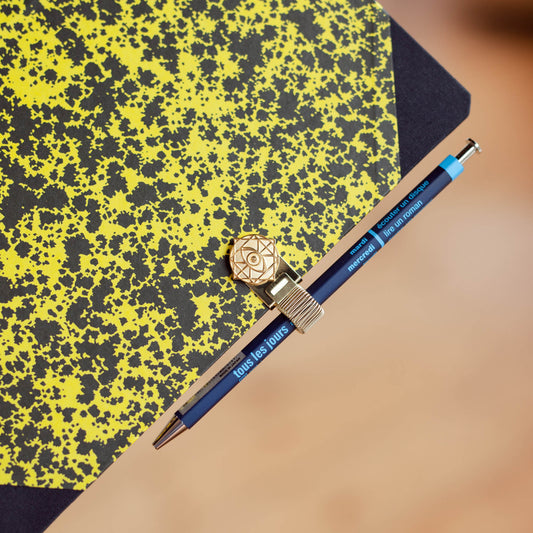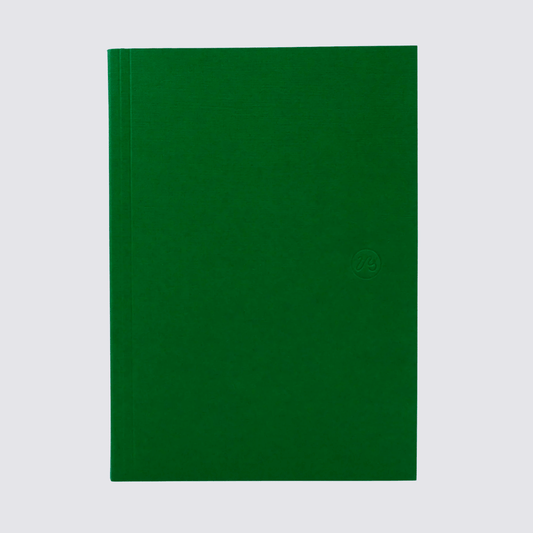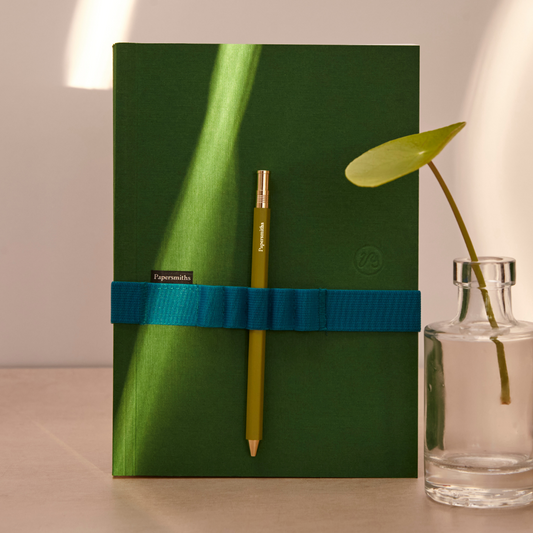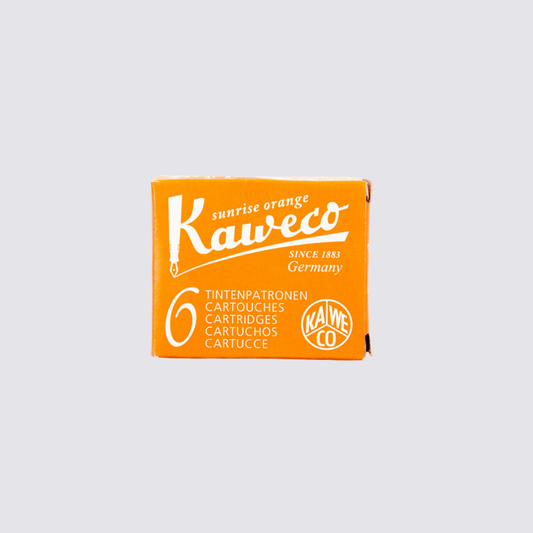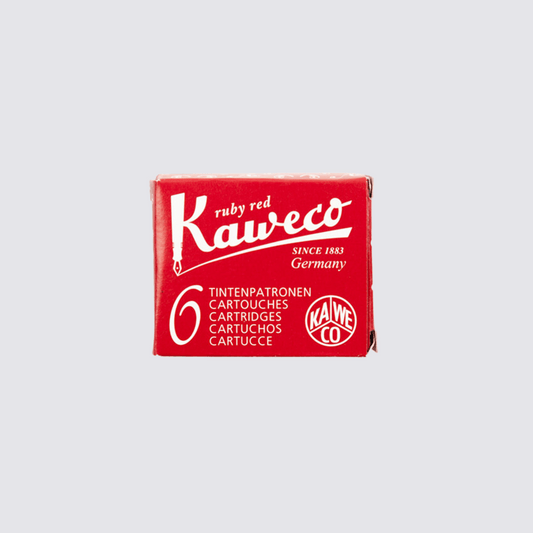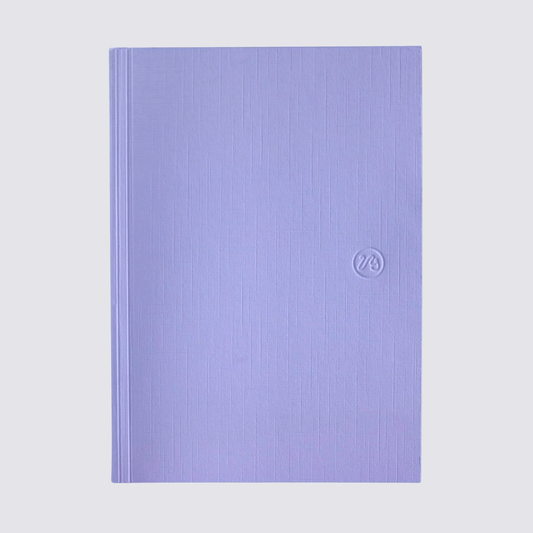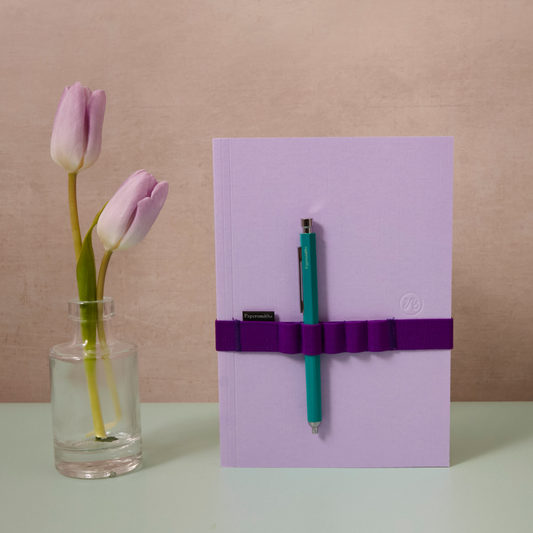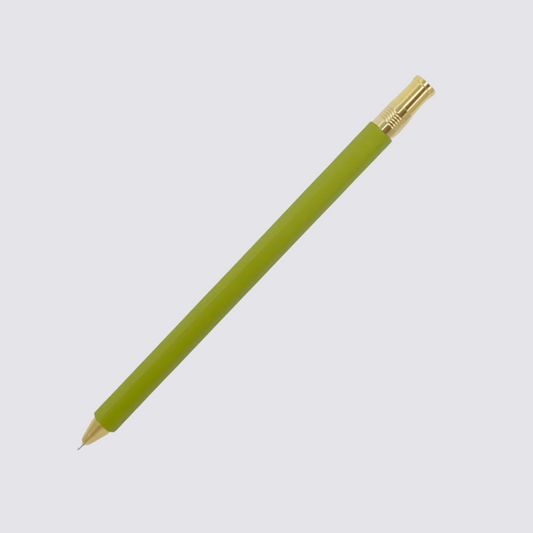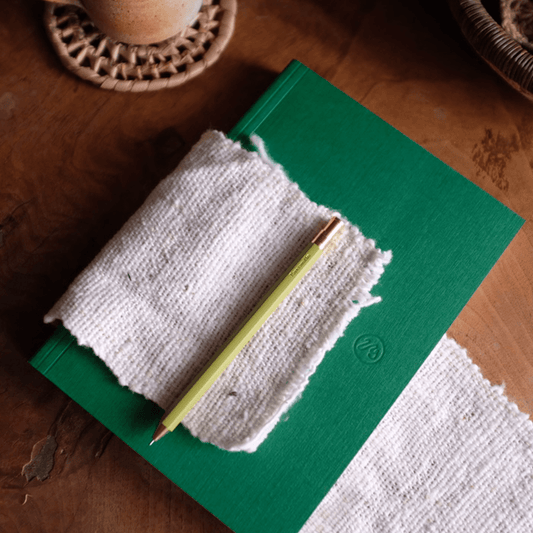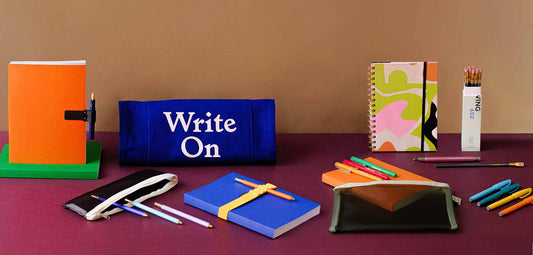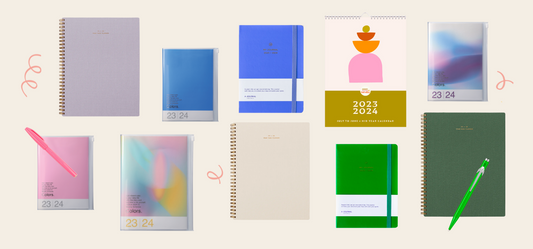We’re excited to share some behind-the-scenes peeks at the design and development of our Papersmiths writing pens.
Following the launch of our debut collection of notebooks, Sid worked on creating a set of writing instruments to join them on the shelves. Since launch, they have ended up being our best-selling pens. We recently added a new colour to the pen collection, so what better way to celebrate than sharing their development story with you?


The pen research unofficially began in 2013 when our founder Sid started sourcing pens for Papersmiths. Every season, she’d come across a multitude of pens that looked beautiful, snazzy and sleek. They'd make her heart skip a beat with hope but, when it came to writing with them, her heart would sink. Whether it was a catchy nib or a leaky barrel, the functionality was not always up-to-scratch. Then there were the pens that wrote like a dream and had been developed and improved upon over decades but looked terribly dull, fussy or downright ugly. Her mission had always been to find those rare and wonderful pens that met top form and function requirements.
So, the same principles would have to be met in developing our own pen. We've got a decent selection of top-class pens at Papersmiths, and so these were used as initial research to determine what makes a good pen.


Function
Let's talk about the point. Sid explored all nib options for the Everyday Pen, from the conventional conical rollerball tip to an ultra-fine needle-point.
"Personally, I like a pen with ink that flows like a fountain pen, even if it hasn't got the nib. And I wasn't about to develop a pen that would sit on my own desk untouched! I wanted to create a pen that I'd be an advocate for and which could meet the needs of the everyday writer." - Sid.
After testing various oil viscosities on her quest to find the ideal pen ink, Sid opted for a pen type that appeals to the many, not the few. She decided to work towards a hybrid that brings together a smooth flowing ink, closer to that found in a fountain or rollerball, with the ease of use found with a ballpoint.
If we’d chosen to kickstart our collection with a fountain pen, we'd be limiting our audience straight off the bat. We didn't want to create a standard ballpoint either. Although it's a more accessible and universal pen, high-viscosity oil is an instant turnoff for many writers.
Aesthetics
Once the functionality was nailed, Sid began thinking about the pen's aesthetic. She started to weigh up options for the material of the pen body itself. Aluminium, plastic, natural wood? Sid compared finishes for the casing, chose the colours and decided whether to opt for a coating. Should the finish be matt or glossy? After testing options, it was decided. The body of the pen would be made from natural wood and finished in one of six colours. It would have a matt, uncoated finish.
Branding
Sid began to explore options for branding the pen without making this part of the design ostentatious.
"I have a collection of old books, cards and pencils with foil stamping. It's a subtle but special finish. I thought it would work beautifully with brass hardware." - Sid.
It was decided that the knock button and taper would be brass, and the pen's body would be subtly foil stamped in gold with 'Papersmiths'.


Closing the pen
Choosing how to close the pen was another important consideration. Should the pen cover have a removable cap or a retractable mechanism? At this point, Sid began to swoon over the idea of a brass knock with matching brass taper and how good this would look alongside all of the brass accessories at Papersmiths.
The factory
We decided to manufacture the pens in Japan, the birthplace of the rollerball pen. The factory that we picked are also experts in ink manufacturing with over one hundred years of ink-making under their belts. They have been creating pens for over 70 years. We knew we’d be in good hands!


Choosing colours
Time to choose the hues. The next step was choosing the colours and then sending the spec to the factory for sampling. It was time to put colour compendiums, paper swatch books and paint charts to good use.
Sid took twelve colours forward for sampling to better understand what they'd look like as a pen body. This meant that she could look at them alongside our notebooks, in their true pen shape, and start to see how they'd all work together. She then whittled the selection down to six colours with the help of Instagram polls and family members, pairing them with our notebooks to ensure compatible stationery sets.


A year has passed since the launch of our first collection of Everyday Pens, and they have since become our best sellers. We recently released a new aqua colourway. You can shop our Papersmiths pen collection here or sign up to our newsletter to be the first to hear when future designs arrive. Word on the street is we have a brand new Papersmiths pen design in the pipeline.
